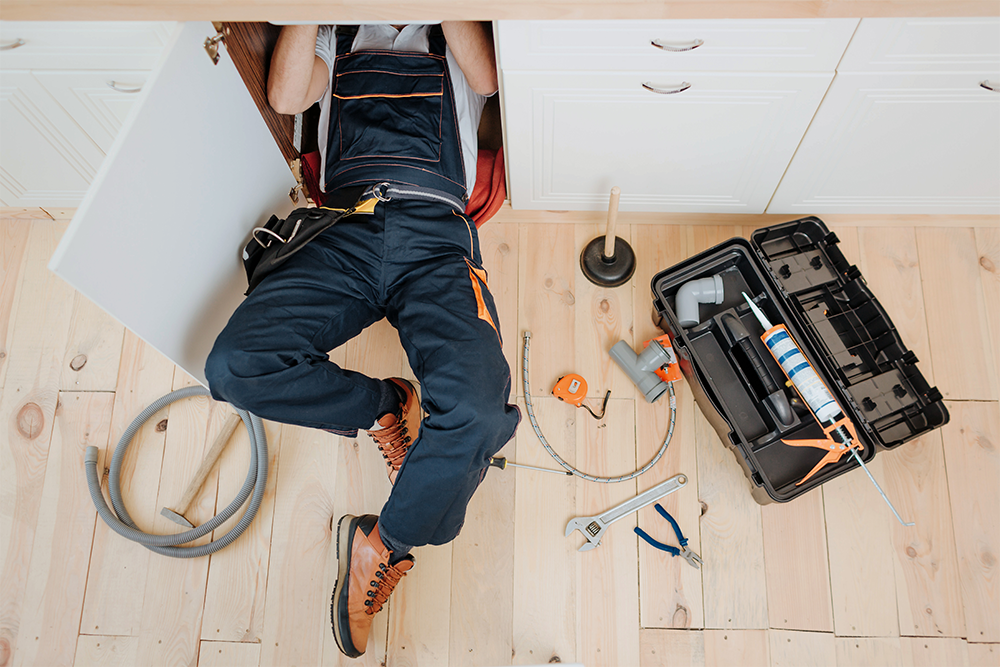Have You Tried Turning Your House Off and On Again?
By Matt Campbell
When you call an HVAC technician these days, the first thing they might ask is, “have you tried turning it off and on again?”
This morning, I woke up to an indoor temperature of 55 F (that’s 286 Kelvin for those of you who never leave the lab). Apparently, our heater had been off for a while. I checked the furnace, it was fine. I checked our new smart thermostat, which also seemed to be in working order. My wife and I messed with the settings to no avail. Then, I remembered my time in IT and decided to turn it off and on again. As soon as it booted back up, the heat clicked on.
In all my years of analog thermostats, I’ve never had to reboot one. They don’t take firmware updates. They don’t need a Wi-Fi connection. They just do their thing for years. When your heat doesn’t turn on with an analog thermostat, you know it’s a hardware issue. Now, troubleshooting smart appliances takes extra steps due to the new layer of software. What was once a switch with a couple of buttons is now a small computer.
IOT HOUSEHOLD DEVICES BY THE NUMBERS
Somewhere around 30 billion Internet of Things (IoT) devices exist around the world today. A study by the Consumer Technology Association found that a solid majority (69%) of US households had at least one smart home device. This number continues to grow as we outfit our homes with smart doorbells, thermostats, light bulbs, garage door openers, etc. These are just some examples of IoT devices, but it’s easier to list household appliances that aren’t smart these days.
These billions of IoT devices replace traditional analog devices that simply turned on and off and failed only for mechanical reasons. We’ve talked before about IoT device reliability from a designer’s perspective, but it remains to be seen how average users will adapt to troubleshooting in a smart world. What will you do when your coffee maker doesn’t work because your Wi-Fi is out? Boil water like it’s the early 2000’s?
DO-IT-YOURSELFER 2.0
Tackling home improvement projects in a smart home requires more than being handy with a hammer and screwdrivers. You also need to be comfortable troubleshooting connectivity and firmware issues. The line between the family IT person and the family handyperson begins to blur. Is your doorbell on the fritz because it’s not getting enough power or because it needs a firmware update? Do you call the doorbell manufacturer or your internet service provider?
The good news is that home IoT device manufacturers shield the end users from the ones and zeroes of the device. You won’t be debugging code to figure out why your dishwasher won’t drain. The bad news is no system is perfect, and things are going to fail. Adding layers of connectivity to a device also adds potential points of failure. These problems are often fixed by a simple reboot. But when they aren’t, you’ll have to assume the role of a “full-stack” do-it-yourselfer: proficient in both the hardware and software of modern homes.
So, add your favorite search engines and forums to your toolbox, and don’t forget to reboot your house occasionally.



